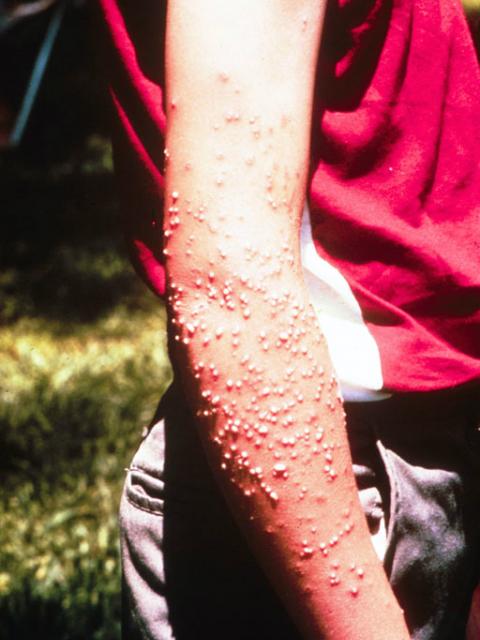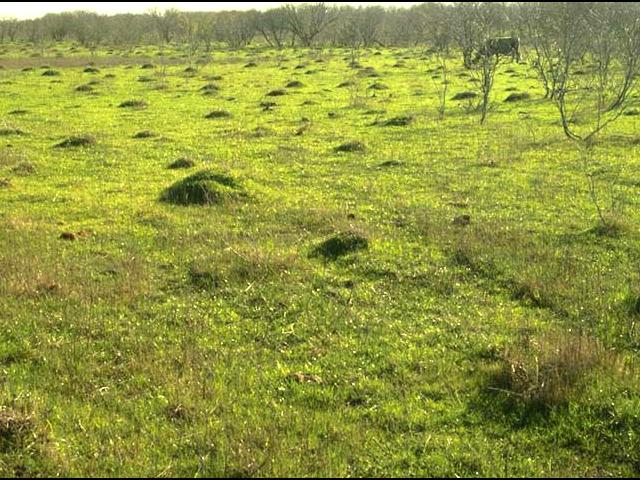Damage
The red imported fire ant is primarily an urban and human health pest, but also has significant impact on agriculture and the environment.
It is declared a ‘Key Threatening Process’ under the Federal Environment Protection and Biosecurity Conservation Act.
In the USA, where this exotic species is widely established, it is estimated to cost more than $5 billion annually in damage and control.
RIFA thrives in backyards, school grounds, golf courses and street verges and because of its aggressive stings deters outdoor activities. The ants commonly invade houses and can injure pets if these are tied, penned or caged and unable to escape.
The ants chew through electrical insulation resulting in extensive damage to electric motors, air conditioners, pumps, transformers, telephone exchanges, signal boxes and other devices.
In the process of nest and mound building, they can excavate so much soil that structural problems result under paving, driveways and retaining walls.
Health effects
In the USA, it is estimated that 33 000 people a year seek medical attention for RIFA stings. Severe cases require hospitalisation, and allergic reactions can result in death, although this is rare. The cost to the community is significant especially when worker’s compensation is included. Permanent scarring can result from stings.
Agricultural significance
In agriculture, these ants have been recorded directly damaging many plants from potato tubers to young citrus trees killed by ants girdling the stems.
They collect seeds, feed on germinating seeds and seedlings, and on developing fruits and buds. Scale insects and aphids are tended and protected, resulting in severe infestations requiring insecticides.
The ants frequently cause problems in reticulation systems. Activity in paddocks can deter workers from harvesting fruits and vegetables. Numerous ant mounds, sometimes exceeding 400 per hectare, can interfere with hay cutting and make the simple act of driving across farm paddocks difficult.
Livestock can be deterred from feeding and the area occupied by mounds can reduce available pasture significantly. Animals in pens, feedlots or high-intensity production systems can be attacked.
Ecological impact
RIFA feed on a wide range of plant and animal materials. They are aggressive predators and have a major negative effect on ground-active and nesting animals from insects to frogs, reptiles, birds and mammals.
Populations of mice, snakes, turtles and other vertebrates have halved as a result of infestation. Native flora can be adversely affected by them feeding on plant seeds.


